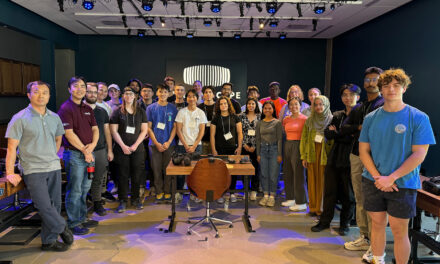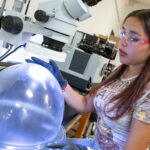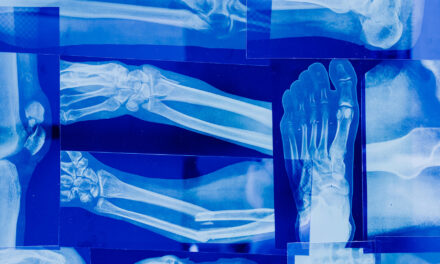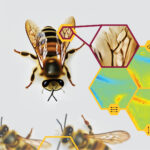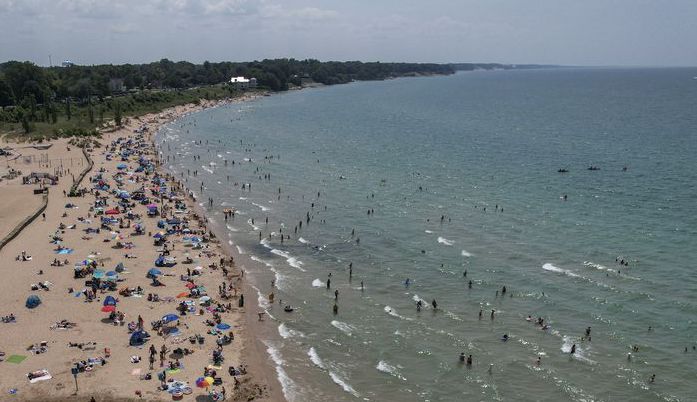
We’re eating and drinking Great Lakes plastic. How alarmed should we be?
Microscopic-sized pieces of plastics have become so prevalent in water, air, food and a multitude of things else we typically come into contact with in our daily lives. In places with large bodies of water, like the Great Lakes region, water utility managers say microplastics contamination is emerging as a major concern because of the potential detriment it could pose to human health. Fulton Schools Professor Rolf Halden, director of ASU’s Biodesign Center for Environmental Health Engineering, warns about the “soup” of microplastics growing thicker and more widespread, and making it much more challenging to reduce the volumes of them to safer levels in our environments.






